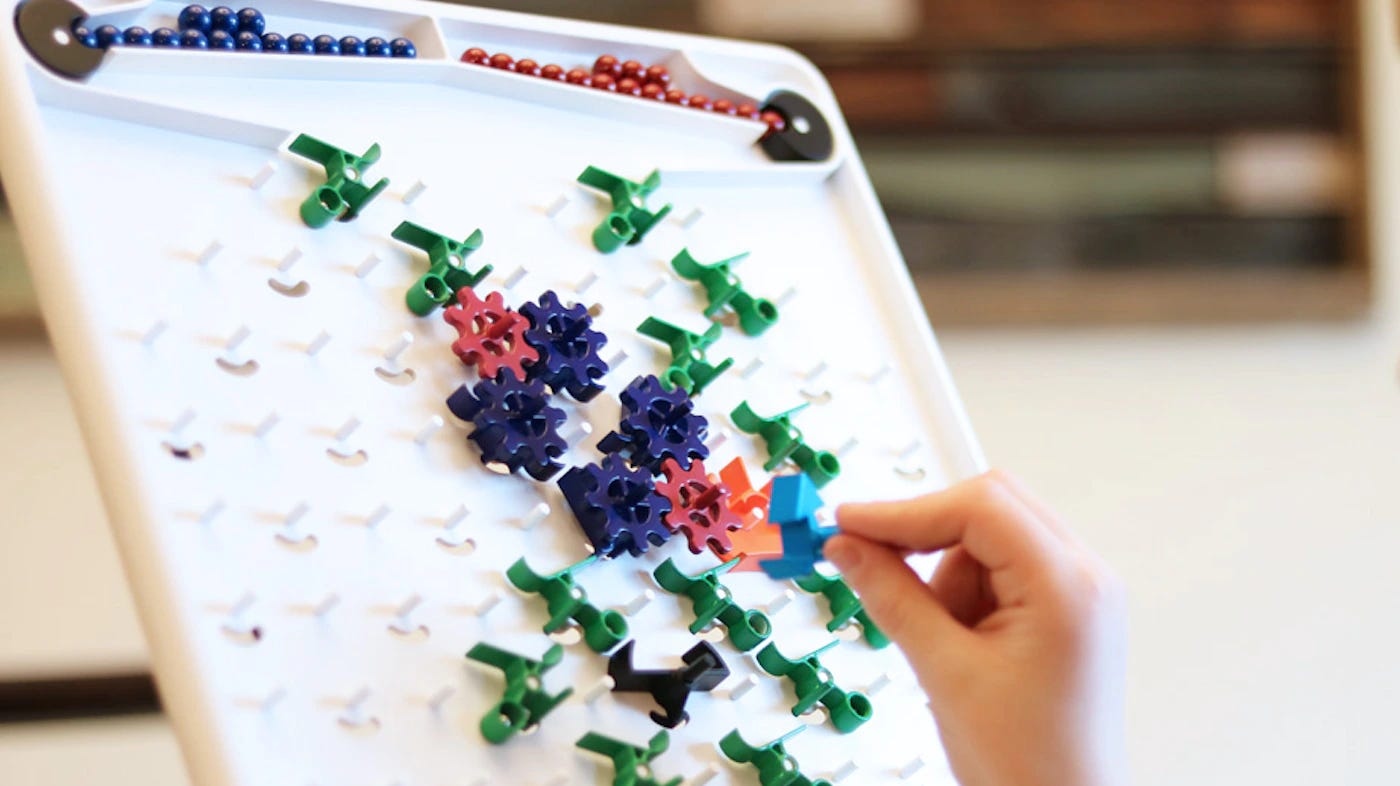Member-only story
From Arithmometer to Microprocessors
Understanding modern technology by learning about old technology

Modern microprocessors combine transistors to build logical gates which are then composed to create binary adders, subtracters, and shifters which can further be used to carry out multiplication and division. However, computations can be done in numerous other ways besides having electric current run through transistors made from semiconductors.
For instance, my oldest son builds a marble track binary adder, counter and multiplier from a kit called the Turing Tumbler. No electricity or silicon involved.

All the way up to the 1980s, the Soviet Union used water based analog computers called water integrators which could be used to solve differential equations. These computers were used in geology, mine construction, metallurgy, rocket production and other fields.
Up to around the 1960s, there was computational hardware and simply computer systems build around the use of pressurized air rather than electric current. These systems were referred to as fluidics. But in today’s story, I will focus on an older system of performing arithmetic using gears. French mathematician Blaise Pascal was among the first to explore this idea when he designed the Pascaline. The Pascaline was a mechanical calculator capable of addition and subtraction. German scientist Gottfried Wilhelm Leibniz made an improved version called the Stepped Reckoner, but it was French inventor Charles Xavier Thomas de Colmar who made the breakthrough mechanical calculator, called the Arithmometer. It gained popularity all across Europe thanks to mass production. One of the most widely used variants is the Odhner Arithmometer shown in the intro to this story.
The zenith of mechanical calculator technology is undoubtedly the Curta handheld mechanical calculator, small…

